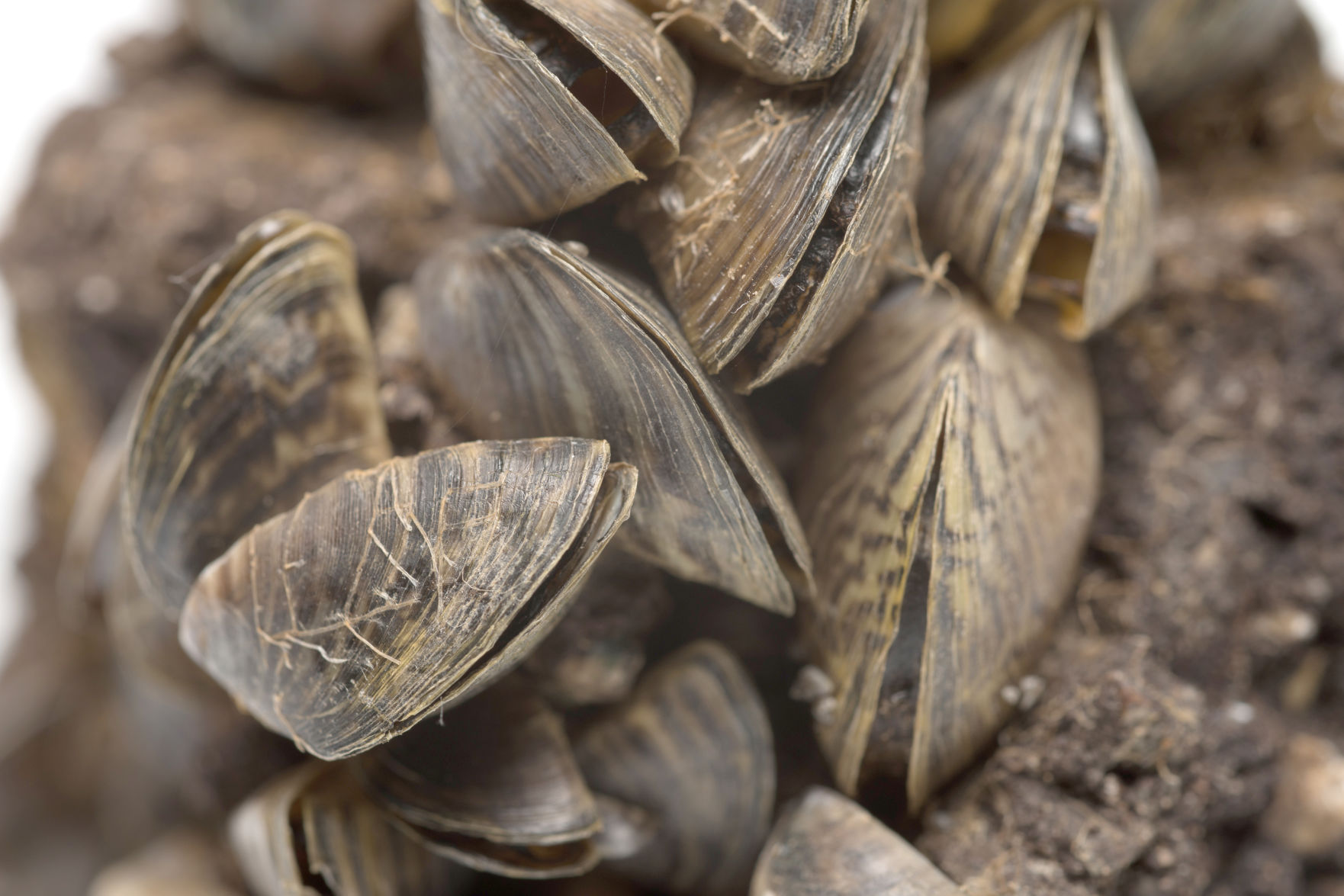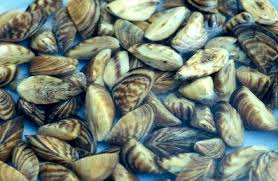

Zebra mussels attached to a rock were caught on the fishing hook of a LWF supporter on Aug. Zebra mussels are often unknowingly transported by boaters or other water users who don’t realize mussels or veligers have attached to their equipment. This time-lapse map, from the United States Geological Survey’s Nonindigenous Aquatic Species (NAS) online information resource, shows the spread of infestation. They are currently found in more than 750 lakes in North America. By 1991, zebra mussels began to spread to smaller inland lakes in Ontario and the eastern United States. Within several years, zebra mussels spread throughout the Laurentian Great Lakes. They were found in a harbour in Lake Erie, most likely transported from Europe via transatlantic shipping. Zebra mussels first arrived in Canada in 1986. Does that mean that other lakes in Canada are infested? Adult mussels and their microscopic larvae (known as veligers) were found in five harbours within the south basin.īased on current information, it appears that this species arrived in Lake Winnipeg from North Dakota via the Red River.Ĥ. Zebra mussels were first reported to the Province of Manitoba in Lake Winnipeg in October 2013. One mussel can produce up to one million eggs during a single spawning season.Ģ. Zebra mussels are an aquatic invasive species (AIS) – meaning they are not native to our lake’s ecosystem – and they are able to multiple very rapidly. Unlike other mollusks, they have hair-like filaments called byssal threads which they use to attach themselves to hard surfaces such as boats, docks, water-intake pipes and even the shells of other mussels. Zebra mussels are D-shaped, fingernail-sized mollusks with light and dark brown stripes. Status and Strategy for Zebra and Quagga Mussel Management This document provides in-depth information about zebra and quagga mussels in Michigan including identification, distribution, management and control options.Zebra mussels (Photo: The United States Geological Survey) Means of Introduction: Ballast water from transoceanic vessels. There is also an economic cost associated with mussel attachment to pipes and other underwater structures. Zebra mussels have been known to colonize on native mussel species in groups of up to 10,000 individuals, rendering the native mussel immobile and unable to survive. Pseudofeces accumulation creates foul environments. In turn, this decreases food for zooplankton, increases water transparency, and leads to an accumulation of pseudofeces. Local Concern: Prodigious filter feeding removes a substantial amount of particulates and phytoplankton. Native Range: Zebra mussels are native to freshwater rivers and lakes in Eastern Europe and western Asia. Zebra mussels can filter up to 1 liter of water each day.

This leads to a less restricted range of suitable habitat than for the zebra mussel.ĭiet: Mussels are filter feeders that consume algae and phytoplankton in the water. Zebra mussels require hard substrates to latch onto, while quagga mussels can attach to hard or soft substrates in water depth up to 130 meters. Habitat: Freshwater lakes, rivers, and reservoirs. Randy Westbrooks, Invasive Plant Control Inc.,. Zebra mussels attached to another mussel. Colors vary - shell color ranges from almost white to tan or brown in both species, usually have darker concentric rings but are not always pronounced.Zebra shells are triangular in shape and can sit flat on the ventral side.Average length of a zebra mussel is about 1 inch.
#Zebra mussels download
Or - download the MISIN smartphone app and report from your phone - /tools/apps/#home Use the Midwest Invasive Species Information Network (MISIN) online reporting tool


 0 kommentar(er)
0 kommentar(er)
